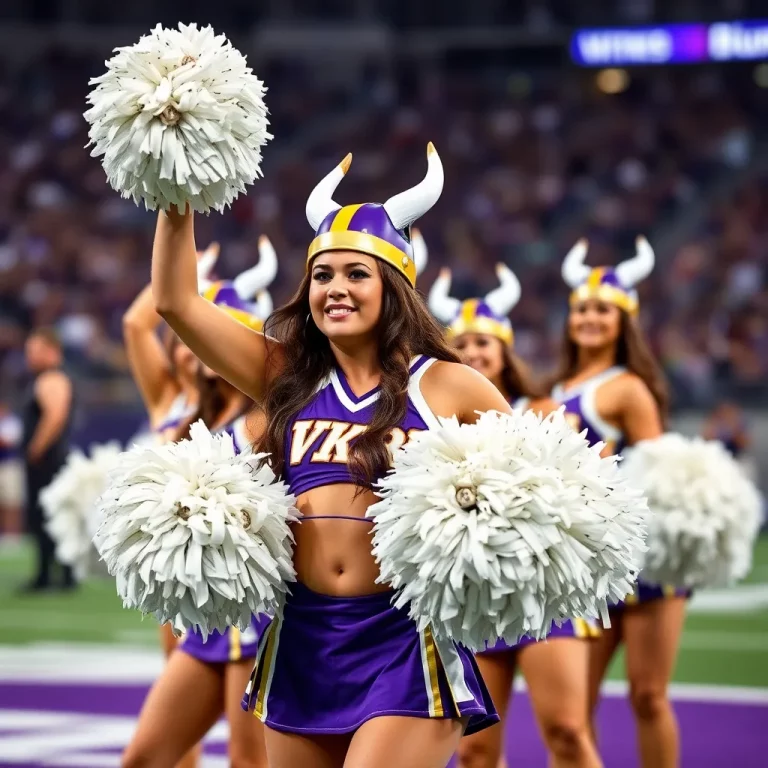In Minneapolis, the Minnesota Vikings are making headlines with their newly unveiled 35-member cheerleading squad, and it’s not just because of their lively dance routines. The addition of male performers, Shiek and Conn, has stirred a significant reaction among fans and the public. As the Vikings proudly shared in a promotional video titled, “The next generation of cheer has arrived!“, the inclusion of these male cheerleaders is seen as a bold move towards inclusivity in a sport traditionally dominated by rigid notions of masculinity.
Right after the announcement, social media exploded with mixed feelings. While many fans voiced strong support for the Vikings’ decision, others threatened boycotts and expressed outdated views, including homophobic comments that no reputable source would dignify by repeating. Nevertheless, the Vikings stood firmly behind their choice. They emphasized that Shiek and Conn earned their positions through a competitive selection process, just as every player on the field does.
The team pointed out that male cheerleaders are not a groundbreaking concept in professional football, as at least 11 NFL teams now include male members on their cheer squads. The movement toward welcoming male cheerleaders began in 2018 when the Los Angeles Rams introduced Quinton Peron and Napoleon Jinnies, who went on to perform at the Super Bowl. The Vikings also reminded everyone that cheerleaders, regardless of gender, serve a vital purpose: to entertain fans and enhance the game day experience.
Critics of the Vikings’ male cheerleaders are missing the point, according to current and former players. The backlash is less about athletic performance and more about feelings of discomfort regarding changing norms of masculinity and how men should present themselves in public, especially in sports. This reflects a broader cultural shift that challenges the narrow definitions of what it means to be a man, particularly in a sport like football.
As the Vikings continue to promote inclusivity, they are also highlighting the importance of community and togetherness. Sport has always been a space for vulnerability and emotional connection, and football, in particular, offers moments for celebration and fellowship among players and fans alike. Shiek, Conn, and all other male cheerleaders in the league are paving the way for young boys who may not see themselves as traditional athletes but still have a place in the excitement of the game.
The push for inclusion in sports isn’t just about changing perceptions; it’s about broadening the embrace of all fans. As football evolves, its ability to unite people will only grow stronger. With every change, the game affirms its true power – bringing everyone together, regardless of gender or background, to celebrate the excitement of football.


